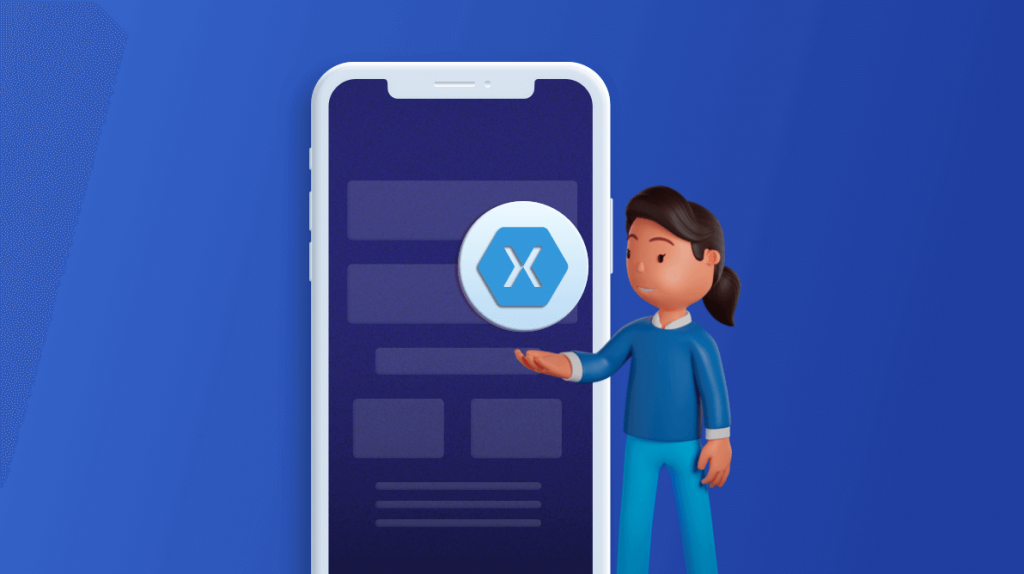We’ve reproduced the Q&A portion of the webinar here for your benefit.
Questions and Answers
Is the LadyBug application available on GitHub?
Yes, it can be found here: https://github.com/codrinamerigo/ladybug.
Is it better to run UI tests in release or debug mode?
I suggest release mode.
Can you enter the URL link for this blog?
You can find the code and the presentation at https://github.com/codrinamerigo/ladybug. Some articles about UI testing can be found on my Medium blog at https://medium.com/@codrinamerigo.
Can you run the tests for iOS?
You can run the project available on GitHub on iOS.
Are there differences between testing on physical devices versus simulators?
I personally prefer physical devices, but nothing changes in the way code is written or run between devices and simulators.
Can UI tests be run on a number of predefined device images but on a local server as part of a continuous integration flow, such as when code is checked in? What about without online services such as Azure App Center but with device images within our own environment?
You can run your tests in a local TFS pipeline by creating some basic scripts and binding them to a trigger. On GitHub, in the PowerPoint presentation, there are some screenshots about the tasks.
Have you done any work with UI testing and page object pattern (POP)?
None that is available on GitHub.
Is it possible to test Xamarin.UWP apps? I only see Android and iOS in the NUnit test framework.
For UWP another testing framework must be used.
20 UI tests don’t sound like many for a project. What do you recommend if we need more than 20?
Splitting the tests into more projects. I encouraged 20 for local installations. You can give any number a try for Azure or App Center.
Is it better to run the UI test through App Center or Azure DevOps?
They use the same test engine.
Are there data privacy concerns when doing tests online?
I suggest using a mock server and anonymized data in all cases while testing.
If you liked this blog post, we think you’ll also enjoy:




